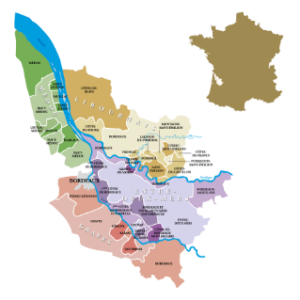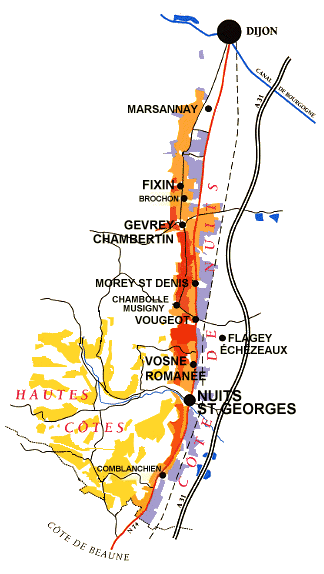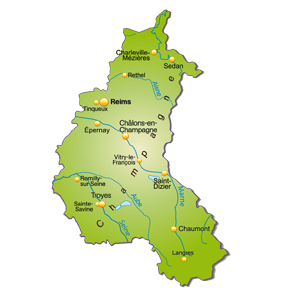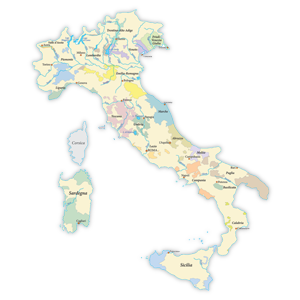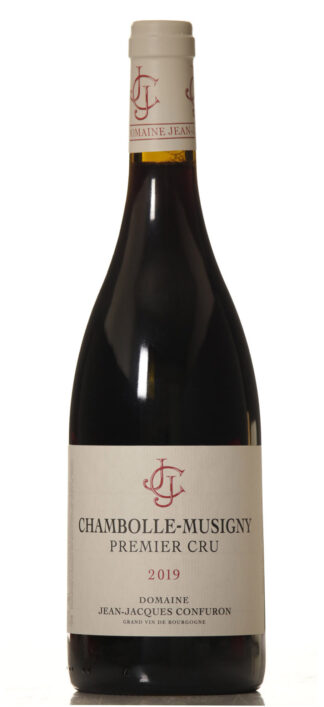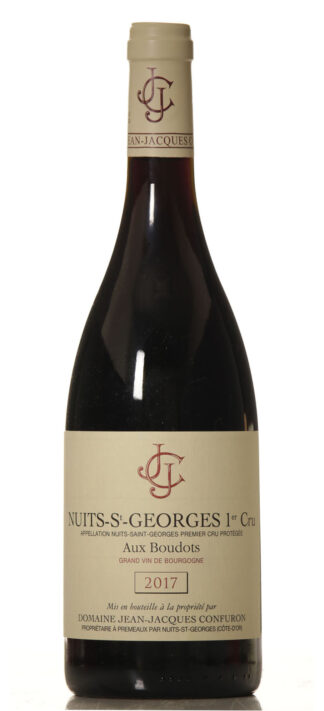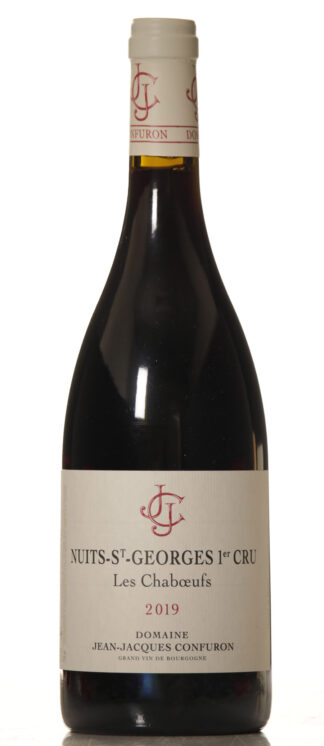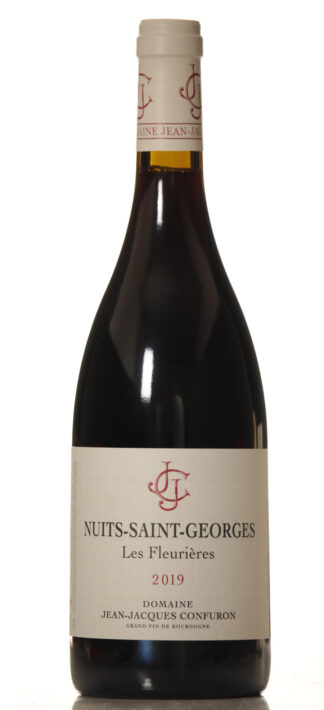Labels
Bottles Bourgogne Size
For Burgundies and wines in comparable bottles, such as wines from Germany and Alsace, the filling level is indicated in centimeters. Measured from the bottom of the cork to the level of the wine. Levels less than 2 centimeters are not described.
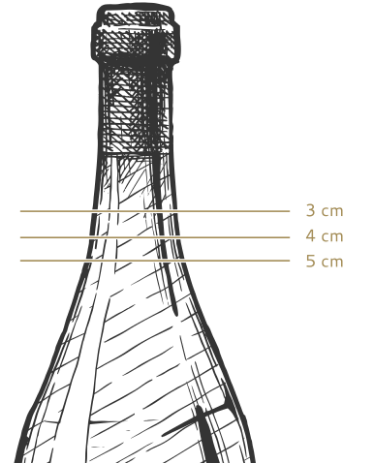
JJ Confuron Clos Vougeot 2019
€125,00 incl BTW: €151,25
Uitverkocht
Specificaties
| Country | |
|---|---|
| Region | |
| Sub Region | |
| Bottling | Estate Bottled |
| Jaar | |
| Type of Wine | Red wine |
| Bottle size | 0.75 L |
| Packaging | Loose |
| Rating | – |
| Reviewer | – |
| Label |
gl |
| Capsule | good condition |
| Level |
neck |
Clos de Vougeot (sometimes “Clos Vougeot”) is the largest – and one of the most famous – grand cru vineyards in the Côte de Nuits subregion of northern Burgundy. It covers 50.9 hectares (125 acres) of land and is second only in size to Corton across the entire Côte d’Or. Clos de Vougeot is famously fragmented – it is divided into 100 different parcels owned by more than 80 producers – and its wines vary considerably in character and quality.
The site dominates the Vougeot appellation in the center of the Côte de Nuits. The grand cru Musigny, Echezeaux and Grands-Echezeaux vineyards are on the slopes above Clos de Vougeot, covering its western border.
Beyond the northern edge of the walled (“clos”) site lie Vougeot’s four Vougeot’s four premier cru climats, covering a small 11.7 hectares (29 acres) of the appellation. Here, also, are to be found the three hectares (seven acres) of village-level Vougeot, on the very lower slope, bordering the eponymous village.
Beyond these, further north, are the premier cru and village-level vineyards of Chambolle-Musigny. The Vouge stream originates near the commune border and flows southeast, roughly along marking the boundary of the two areas..
To the east of the clos, over the D974 road, are more vineyards, but this land, in the commune of Flagey-Echezeaux, is rated for the likes of generic Bourgogne. To the south is also Flagey-Echezeaux (although this is mostly village-level land, labeled Vosne-Romanée) with the small Les Quartiers de Nuits lieu-dit (part of the wider Echezeaux Grand Cru) at the western end.
Like most vineyards in the Côte de Nuits, Clos de Vougeot is planted entirely to Pinot Noir.
Clos de Vougeot was first established by Cistercian monks in the 11th Century, with the clos (or wall) and the château added later. It is divided into 18 lieux-dits, reflecting the fact that ownership of the land was historically divided between the Cistercian monks who planted the original vines, the Roman Catholic Church, and the French crown.
These divisions became less meaningful after the French Revolution, when the land was confiscated by the state and promptly sold off at auction in 1791. After a series of owners, it ended up in the hands of Julien-Jules Ouvrard – the son of Napoléon’s banker, Gabriel-Julien Ouvrard.
It remained in the hands of the Ouvrard family almost throughout the 19th Century, before being sold off in 1889 to local négociants. Subsequent changes in ownership have seen the land divided up considerably, and today there are more than 80 landholders in Clos de Vougeot.
The largest of these is Château de la Tour, with around five hectares (12 acres), but Domaine Méo-Camuzet, Louis Jadot and Gros Frère et Soeur also have significant holdings in the clos.
The Clos de Vougeot was officially classified as a grand cru site in 1937, and was delimited according to the location of the clos wall, rather than the actual quality of the terroir. Many in the modern wine world openly question whether this decision was in keeping with the high standards imposed on the other Burgundy grand crus, and suggest that only some parts of this ancient vineyard are truly deserving of the classification.
The terroir of the climat is indeed varied, with an array of different soils and aspects, depending largely on the slope. The highest part of the vineyard has the best terroir, with vineyard soils made up of free-draining, pebbly limestone.
Further down the slope, the proportions of clay get higher – the mid-slope is still considerably well drained, while the lowest part of the vineyard, near the road, is more alluvial and holds a lot more water in the soil. The highest slopes also benefit from a gentle easterly aspect, giving them better access to the morning sun.
Clos de Vougeot’s uneven terroir was less of an issue before its fragmentation, as grapes from all over the site could be blended to achieve a balanced style under a single label. Now, each producer makes wine from just a small patch of terroir, sometimes producing grapes worthy of grand cru status – but sometimes not. This means that modern Clos de Vougeot wine is of highly variable quality. (Wine-searcher)


